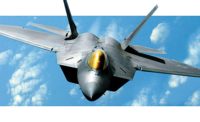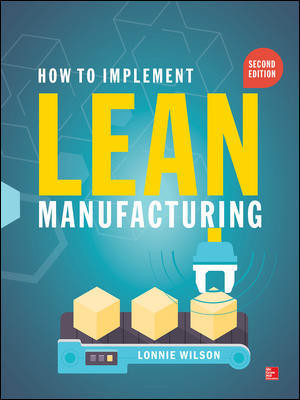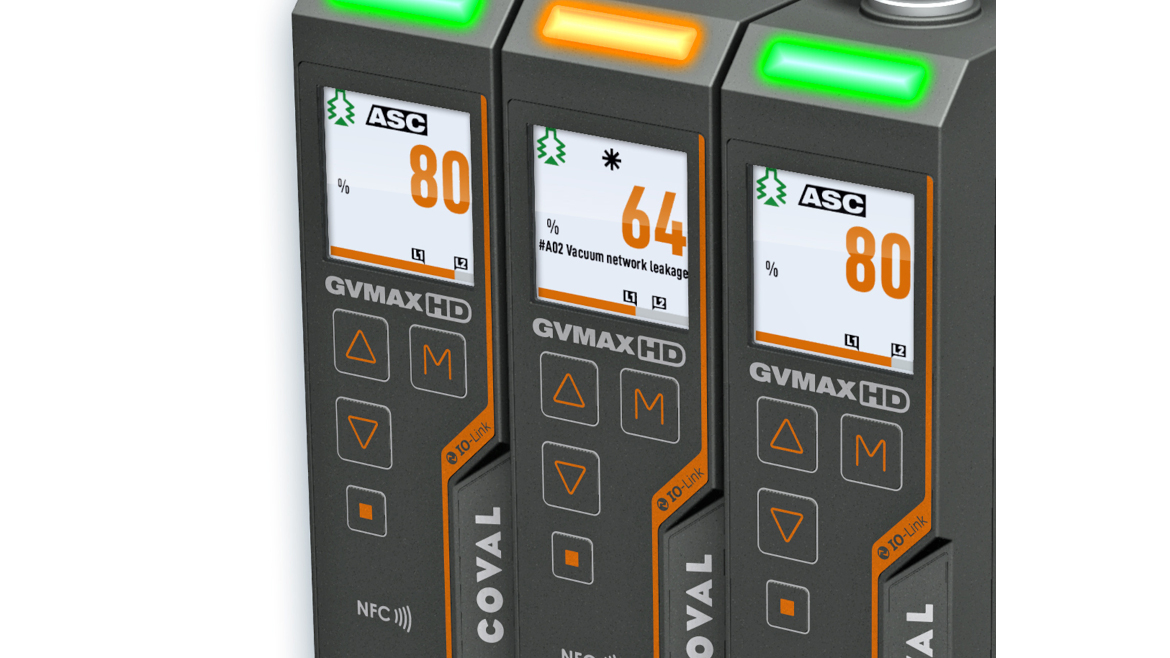sponsored content
How To: Choose A Vacuum Pump




GRIPPING AIR-TIGHT VS POROUS OBJECTS
The job of the vacuum pump is to generate a relative vacuum within a capacity. For vacuum handling, this capacity generally consists of:
- the internal volume of the suction cups to be evacuated
- the volume of the network (air lines).
For Air-tight Objects
The only consideration is the time to evacuate and get to the optimal vacuum pressure. The vacuum pump will be chosen based on the time needed to create the necessary vacuum pressure according to the application. It is possible to achieve the maximum vacuum pressure per pump specifications in this instance.
For Porous Objects
With porous objects it is not possible to achieve the pump’s maximum vacuum pressure. The leakage rate from the suction cups must be taken into account. The vacuum pump best suited for this type of handling is one in which the flow is significantly greater than the leakage in order to create a sufficient pressure drop in the suction cups. High flow rate is preferred over a high vacuum level, for example 75% vacuum, 60% vacuum, or 50% vacuum for very porous objects such as light cardboard, foam, etc..
Calculating the Leakage Rate
Use a suction cup with a diameter suited to the object being gripped.
Fit out a vacuum pump (for which the characteristics are known) with a pressure gauge and a vacuum gauge. Feed the vacuum pump with the optimal pressure (e.g. 5 bar).
Apply the suction cup to the surface being tested.
Three possible results can arise:
- The vacuum gauge indicates the maximum vacuum achieved for this type of gauge: the object is air-tight.
- The vacuum gauge does not measure any vacuum: choose a more efficient vacuum pump as the leakage rate is higher than the maximum vacuum pump flow.
- The vacuum gauge displays a vacuum value, e.g. -300 mb (30% vacuum), refer to the vacuum pump curve. In this example, read the flow corresponding to -300 mb (e.g. 75 NI/ minute). The leakage rate is 75 Nl/minute for the surface of the suction pad used at -300mb. Using this data, calculate the forces to be applied to handle the object: At -300mb the theoretical force of the suction pad is: F = S x 0.3 with: S = surface of the suction pad in cm2 F in DaN
To grip the object safely, (factor of 2 for horizontal gripping and 4 for vertical gripping), the different characteristics of the vacuum pumps must be exploited.
THINGS TO REMEMBER
"An installation must breathe properly"
The throughput for a machine includes:
- gripping time
- transfer time
- release time
Efficient vacuum handling should ensure the release of the object is processed correctly, as this can be the most difficult point to resolve.
- Place vacuum pump as close as possible to the suction cups
- Choose suction cups with the smallest possible internal volume
- Identify suitable sizes of air lines and fittings to reduce pressure losses
COMPARISON OF VACUUM PUMPS AND AIR AMPLIFIERS
Air amplifier
Optimal usage zone: 0 to 12% vacuum.
Maximum usage range: 0 to 15% vacuum.
Applications: TRANSPORT - DRYING - DEGASSING
Handling very porous, light-weight products: carpet, textiles, foam, etc
Transporting small objects: granules, coffee beans, rice, paperclips, etc.
Smoke evacuation, degassing.
COVAL’s vacuum pump range:
Version “X”, 50% vacuum
Optimal usage zone: 13 to 40% vacuum.
Maximum usage range: 0 to 50% vacuum.
Use of vacuum pumps creating 50% vacuum implies a high suction flow rate in relation to the pressure drop.
Version “T”, 75% vacuum and “N”, 90% vacuum
Optimal usage zone: 41 to 90% vacuum.
Maximum usage range: 0 to 90% vacuum.
The purpose of the vacuum pump which can create a 90% vacuum is to generate a high vacuum and therefore a high force/surface ratio.
Applications: HANDLING - SUCTION - EMPTYING – DOSING
- Handling porous, semi-porous, and air-tight products.
- Programmed operations.
- Air and/or liquid dosing.
With COVAL’s version “N”, 90% vacuum:
Create a localized vacuum. Specific to non-porous and sealed vacuum systems.
With COVAL’s version “T”, 75% vacuum:
Create a generalized vacuum in suction tables and chambers. Specific to vacuum systems with small to medium leakage at the point of use.
To see data and use rate curves, visit www.coval-inc.com/vacuum-technology

Looking for a reprint of this article?
From high-res PDFs to custom plaques, order your copy today!








